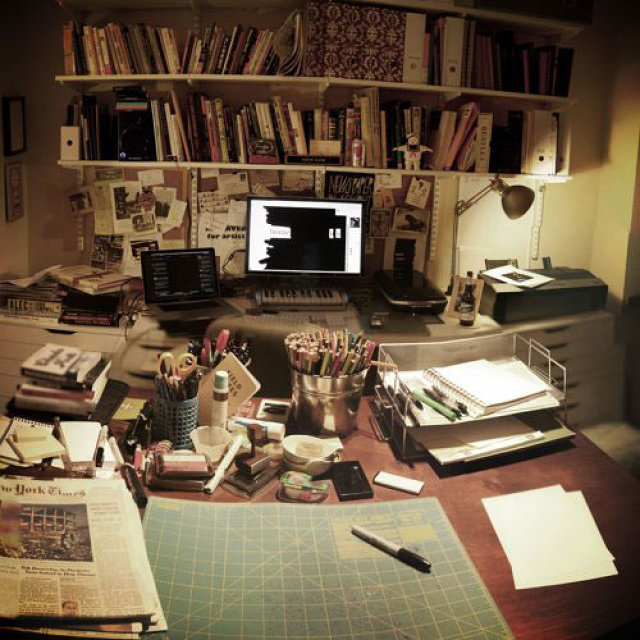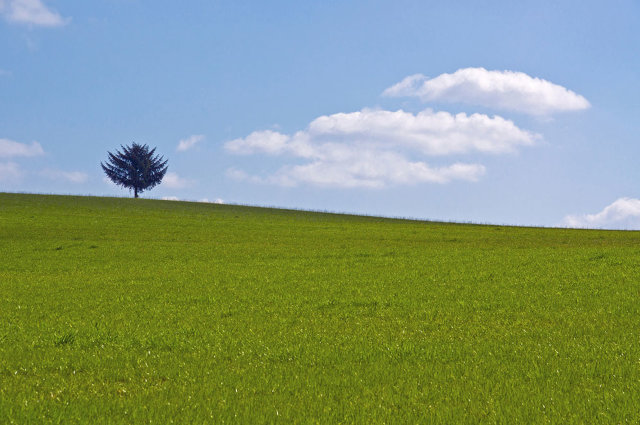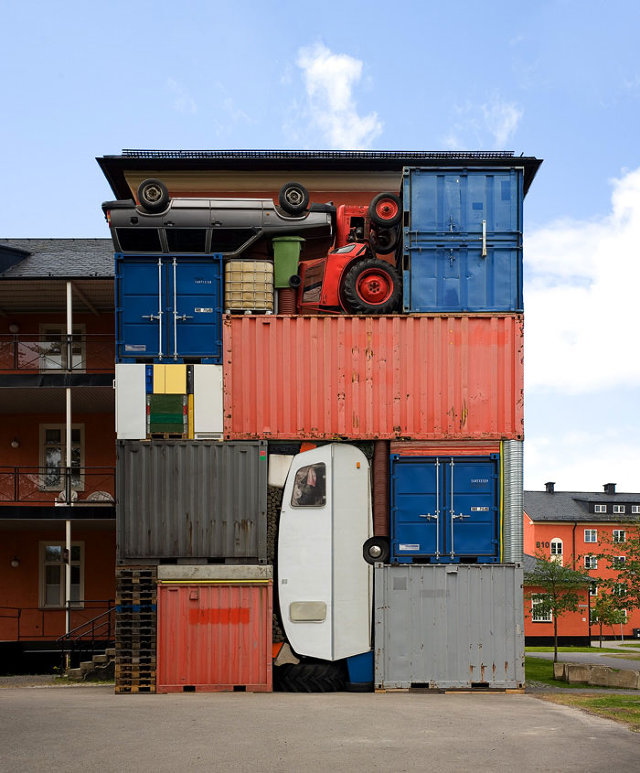10 SURPRISING WAYS TO TRANSFORM YOUR CREATIVE THINKING
1. YOUR BRAIN DOES BETTER CREATIVE WORK WHEN YOU’RE TIRED
Unlike solving an analytic problem, creative insights come from letting our minds wander along tangents and into seemingly unrelated areas. Though many of us identify as morning larks or night owls, peaking in our problem-solving skills and focus at particular times of the day, creative thinking actually works better at non-optimal times. So, if you’re a morning lark, your brain will be better at finding creative insights at night, when you’re tired.
The reason behind this is that a tired brain struggles to filter out distractions and focus on one thing. It’s also more likely to wander off on tangents. While that seems like a bad thing when you’re working, creative thinking actually benefits from distractions and random thoughts. Research has shown that we’re better at "thinking outside the box" at our non-optimal times.
2. EXERCISE CAN IMPROVE YOUR CREATIVITY
We know exercise is good for us for lots of reasons, but here’s one more. Studies have shown that exercise can improve our ability to think creatively. When researchers had half the participants in a study perform an exercise video while the other half simply watched a video, those who had exercised outperformed the others in terms of divergent thinking—or, coming up with more possible solutions to a problem.
3. AMBIENT NOISE LEVELS ARE BEST FOR CREATIVITY
I actually thought silence might turn out to be the best sound for creative thinking, but it turns out that ambient noise levels are just right. Unlike loud music or silence,ambient noise levels have proven to be perfect for improving creative thinking.
Silence, in fact, actually helps us to sharpen our focus, so it’s useful for intense problem-solving or detail-oriented tasks. Creative thinking, on the other hand, requires the kind of ambient buzz of sound that you might find in a café to promote broader thinking and new ideas.
So much so that tools like Coffitivity exist to bring that ambient café sound to your desk:


4. NOTHING IS ORIGINAL: CREATIVITY IS ALL ABOUT MAKING CONNECTIONS
I always thought creativity was about coming up with original ideas, but it turns out creativity is really just about making new connections between existing ideas. This is pretty exciting, because it means creativity suddenly seems less scary: we can all connect things that already exist, right?
5. TRAVELING ABROAD MIGHT IMPROVE YOUR CREATIVE THINKING
The research on this one is still small, but one study showed that for college students, those who travelled abroad scored higher on creative thinking tests than those who stayed at their main campus. This particular study followed students who travelled from their college in the US to take part in a summer study program in England.
In many countries, cultural norms differ greatly between different states or areas, so it follows that we might see an increase in creativity from even interstate travel.
6. DIM LIGHTING MAKES US FEEL MORE FREE
I like a lot of natural light in my workspace, and I get quite frustrated in dark rooms when I need to focus. However, I was surprised to find this research that proved dim lighting can improve creative performance.
The researchers completed six different studies, which all showed that dim lighting increased creativity. They found that even without noticing a difference in visibility, if the lighting around them was dim, participants were likely to be more creative.
7. BLUE AND GREEN CAN IMPROVE YOUR PERFORMANCE ON CREATIVE TASKS
Color me surprised. Apparently a brief glimpse of green can improve your creative performance! Another study actually shows that seeing red or blue can have different effects on our cognitive performance: red helps us with detail-oriented tasks where we need to focus, whereas blue enhances creative performance.
This doesn’t necessarily mean you’ll want to paint your office blue or green, but it’s a helpful tip to keep in mind when you’re working on a creative project or switching between different types of work.
8. CONSTRAINTS CAN BE BENEFICIAL TO CREATIVE WORK
Another idea I had about creative thinking which was proved wrong is that freedom leads to more creative ideas. Counterintuitively, it turns out that constraints can actually increase our creative output. This could be due to removing the overwhelm of having too many choices. If you’ve ever faced the hurdle of a blank page, you’ll know what I mean.
9. A SEPARATE, MESSY DESK CAN IMPROVE YOUR CREATIVITY
I’ve never been a fan of having a messy desk, but I’m starting to think I might need to.This research proved that a messy environment leads to more creative thinking. It also encouraged participants subconsciously to be more drawn to new things than anything labelled as "classic."
The study also found that a more orderly environment led participants to be more generous and choose healthier snacks than those in the messy environment. Perhaps the answer is to have two work spaces, for different types of work, as writer Austin Kleon does:

His digital desk in the background is where his analytical work takes place, while the foreground is home to his messy, analog desk for creative thinking tasks.
10. BEING SLEEPY CAN MAKE YOU MORE CREATIVE
I don’t know about you, but I’ve never felt especially ready to work when I’m still waking up. This period of coming out of sleep is called the hypnopompic state. We often end up with strong visual images lingering from our dreams when we wake out of REM sleep, when most of our dreaming happens. For this reason, lots of artists have coveted this just-waking-up period to improve their creative thinking.
Famous surrealist painter Salvador Dalí, was known for using the hypnopompic stateto help him generate creative ideas. He would often nap in a chair, holding a spoon in his hand. Under the spoon, on the floor, was a tin plate. When he drifted off to sleep, he’d drop the spoon, and the clattering noise it made on the plate would wake him up, helping him to latch onto those vivid images that occur in our dreams.

There’s a lot to remember in here, and no doubt I’ve missed more studies about how to improve your creative thinking. Changing one thing at a time about your process or working environment could eventually lead you to incorporating more of these into your day.




Comments
Post a Comment